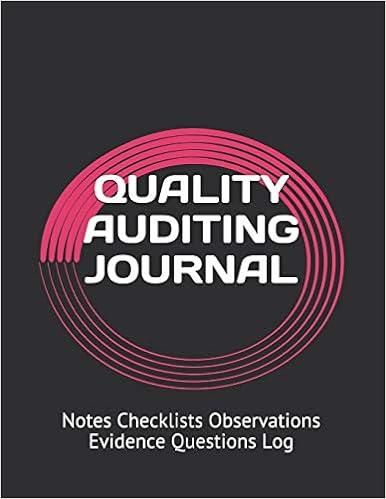


This is an experiment in trading assets. You will play four scenarios in which you will be given a certain number of shares of stock in the Hunt Brothers, Leeson, LTCM, Madoff, and 3COM, as well as a certain amount of cash on hand. In each period, you will also be given market prices. You can then buy or sell an integer number of stocks in each company, as long as the absolute value of your choice is not greater than 5. (If you ask for more than 5 or less than -5, the software will record it as a zero.) YOU CAN GO SHORT in assets or money. Once you are finished trading, the software will determine randomly whether your company survives the period, or goes bankrupt. The probability of each asset going bankrupt in each period is given in the table below: Asset Hunt Brothers Leeson LTCM Madoff 3COM Default Probability 12.0% 14.0% 16.0% 18.0% 20.0% If a company in which you have taken a position survives a particular period, you will receive 1 in dividends for that period. For example, assume Hunt Brothers survives Period 1. If you hold 4 shares of Hunt Brothers, you will receive 4 in dividends from the bank. If you are short 2 shares of Hunt Brothers, you will pay 2 dollars to the bank. Your dividends for a period will be the total number of shares you hold in companies that have not yet gone bankrupt. This will repeat for five periods. If your assets have survived all 5 periods, you will be award 5 times the total number of stock you own at the end of period five. You will then learn how much money you made. Your score for this exercise will be based on the total amount of money you hold across the four scenarios minus the value of your starting portfolio. I do not know what the grading scale will be. I will try to have the median grade be a B+ (88) with a standard deviation of 10. Each portfolio at the beginning of Period 1 has a value of 68.66. So please run this four times. Otherwise, you will not get full credit. Please note that the prices you are offered in each period are not the efficient market price. Thus, you are likely to be able to make more money if you calculate the efficient markets price for each asset, and take the implied trading strategy. Efficient Market Hypothesis Simulation Period 1 of 5 Wallet: $30.09 Name Default Chance Assets Owned Current Value Buy / Sell Quantity Hunt Brothers 12.00% 10.133 No Action 0 Leeson 14.00% 3 9.425 No Action - 0 LTCM 16.00% 5 8.745 No Action - 0 Madoff 18.00% 3 8.206 No Action - 0 3COM 20.00% -2 7.569 No Action - 0 This is an experiment in trading assets. You will play four scenarios in which you will be given a certain number of shares of stock in the Hunt Brothers, Leeson, LTCM, Madoff, and 3COM, as well as a certain amount of cash on hand. In each period, you will also be given market prices. You can then buy or sell an integer number of stocks in each company, as long as the absolute value of your choice is not greater than 5. (If you ask for more than 5 or less than -5, the software will record it as a zero.) YOU CAN GO SHORT in assets or money. Once you are finished trading, the software will determine randomly whether your company survives the period, or goes bankrupt. The probability of each asset going bankrupt in each period is given in the table below: Asset Hunt Brothers Leeson LTCM Madoff 3COM Default Probability 12.0% 14.0% 16.0% 18.0% 20.0% If a company in which you have taken a position survives a particular period, you will receive 1 in dividends for that period. For example, assume Hunt Brothers survives Period 1. If you hold 4 shares of Hunt Brothers, you will receive 4 in dividends from the bank. If you are short 2 shares of Hunt Brothers, you will pay 2 dollars to the bank. Your dividends for a period will be the total number of shares you hold in companies that have not yet gone bankrupt. This will repeat for five periods. If your assets have survived all 5 periods, you will be award 5 times the total number of stock you own at the end of period five. You will then learn how much money you made. Your score for this exercise will be based on the total amount of money you hold across the four scenarios minus the value of your starting portfolio. I do not know what the grading scale will be. I will try to have the median grade be a B+ (88) with a standard deviation of 10. Each portfolio at the beginning of Period 1 has a value of 68.66. So please run this four times. Otherwise, you will not get full credit. Please note that the prices you are offered in each period are not the efficient market price. Thus, you are likely to be able to make more money if you calculate the efficient markets price for each asset, and take the implied trading strategy. Efficient Market Hypothesis Simulation Period 1 of 5 Wallet: $30.09 Name Default Chance Assets Owned Current Value Buy / Sell Quantity Hunt Brothers 12.00% 10.133 No Action 0 Leeson 14.00% 3 9.425 No Action - 0 LTCM 16.00% 5 8.745 No Action - 0 Madoff 18.00% 3 8.206 No Action - 0 3COM 20.00% -2 7.569 No Action - 0









